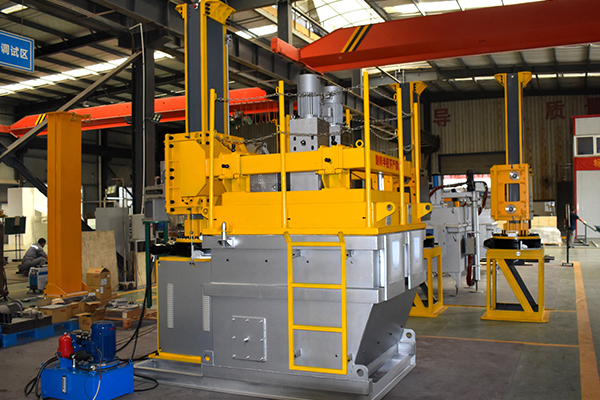Liquid aluminum degassing equipment is the best choice for liquid aluminum purification and degassing in aluminum alloy industry.
The principle of aluminum degassing equipment requires that the rotor can produce very small inert bubbles, which are evenly and uniformly distributed throughout the metal molten pool.
Aluminum castings have long recognized the need for effective flux gas treatment to remove hydrogen and inclusions. Therefore, recent developments are aimed at meeting this requirement and achieving optimal degassing efficiency.
Liquid Aluminum Degassing Equipment removes these unwanted components by passing a gas (usually nitrogen) through the molten metal.
The gas is usually introduced by a degassing rotor, which reduces the bubble size and disperses nitrogen throughout the molten metal bath.
As the resulting bubbles rise through the molten metal block, they absorb hydrogen dissolved in the metal and remove it from the melt.
In addition, non-metallic solid particles are swept to the surface by the flotation action of bubbles, which can then be removed by skimming off the metal.

Aluminum degassing equipment uses silicon nitride as degassing rotor. Degassing rotor adopts two-piece assembly form of independent shaft and rotor head.
As the rotor head geometry decreases, the hydrogen removal efficiency decreases over time.
Eventually, the rotor head becomes less efficient, the shaft becomes thinner to the breaking point, and the rotor assembly must be replaced.
Considering this failure mechanism, the efficiency of the rotary degassing process should be improved by improving materials and rotor head design in order to prolong the rotor life and maintain its performance compared with existing founds.
Degassing aluminum using nitrogen is usually done using a rotary degassing device. In fact, not all rotary deaerators are created equal. It is important to have the best head design to produce efficient small bubbles. Significant cost savings can be achieved by reducing treatment time and gas use.

